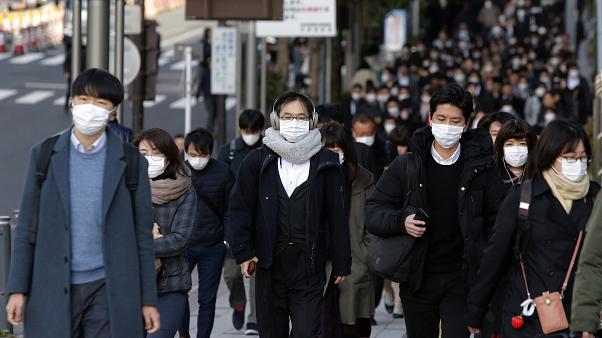Coronavirus disease 2019 (COVID-19) is not the flu. It is worse.
When news of COVID-19 first broke, most in the medical community understood the gravity of the situation. The disease that is believed to have started in Wuhan was alarming for several reasons. For one, the disease is highly contagious and can spread rather easily, suspectibally through respiratory droplets (our breath), and through contact with contaminated surfaces and subsequently touching our faces. And more importantly, reports from China were highlighting the disease’s high fatality rate.
The virus itself is called SARS-CoV-2, and the disease it causes is called COVID-19. The fatality rate for COVID-19 is said to be anywhere from .5-1% all the way up to 3.5%. The danger increases with age, with a fatality rate of 8% at the age of 70-79, and at 14% for those above the age of 80 (compared to the flu fatality rate of 0.83% for those over 65) In any case, the lowest estimate places COVID-19 at approximately five times more deadly than the seasonal flu, and that number increased with increased age.
At the current moment, we do not fully understand SARS-CoV-2, and do not know if it will be seasonal, such as the flu that tends to come in winter time, or if COVID-19 will be year round. The medical community is also working hard to understand various facets of the virus such as mutation rate, the full clinical picture of the disease it causes, and if a vaccine can be produced.
At the time when news about COVID-19 first came out, we remained hopeful for containment of COVID-19 while at the same time learning about the disease and preparing for the fearful reality that the disease may spread.
Two months later that fear is a reality. The disease has had notable outbreaks in Italy, Iran, and South Korea. It has now spread to over 80 nations throughout the world, including community spread the United States (community spread . At the time of writing this (March 6, 2020), in the United States there have been 10 deaths due to the disease and 99 documented cases, with a potential outbreak at a nursing home in the Pacific Northwest. Sales of personal protective equipment such as gloves, masks, and gowns from suppliers have been put on restricted order or on hold all together. Cases of community spread, that is cases of the disease without a known cause (such as traveling to an infected area or known contact with someone who is infected), have now been seen in the United States, and cases have popped up on both coasts, with thousands under self quarantine.
With spread of the disease, also comes the use of resources at the same time. There may be a lot of absences from places of work, schools, and other places of gatherings. Hospitals and emergency rooms may become overfilled and overloaded. Other emergency medical services, police forces, and transportation industries may also be affected.
To help prevent spread of the disease, wash hands frequently with soap and water, and disinfect surfaces with a good disinfectant with bleach, such as Lysol disinfectant or similar. Keep away from public spaces if you feel symptoms developing such as cough and a fever with difficulty breathing, and contact your physician or healthcare provider as soon as possible, and limit travel to areas that have known outbreaks or risks. The question is no longer “if” the disease spreads to us in Northeastern Ohio, but “when”.
Syed Shoaib Z Shah MD
CEO Salaam Clinic
To learn more on how to keep safe from COVID-19, please refer to
https://www.cdc.gov/coronavirus/2019-ncov/about/prevention-treatment.html
Sources: Center for disease control, cdc.gov, Chinese center for disease control


